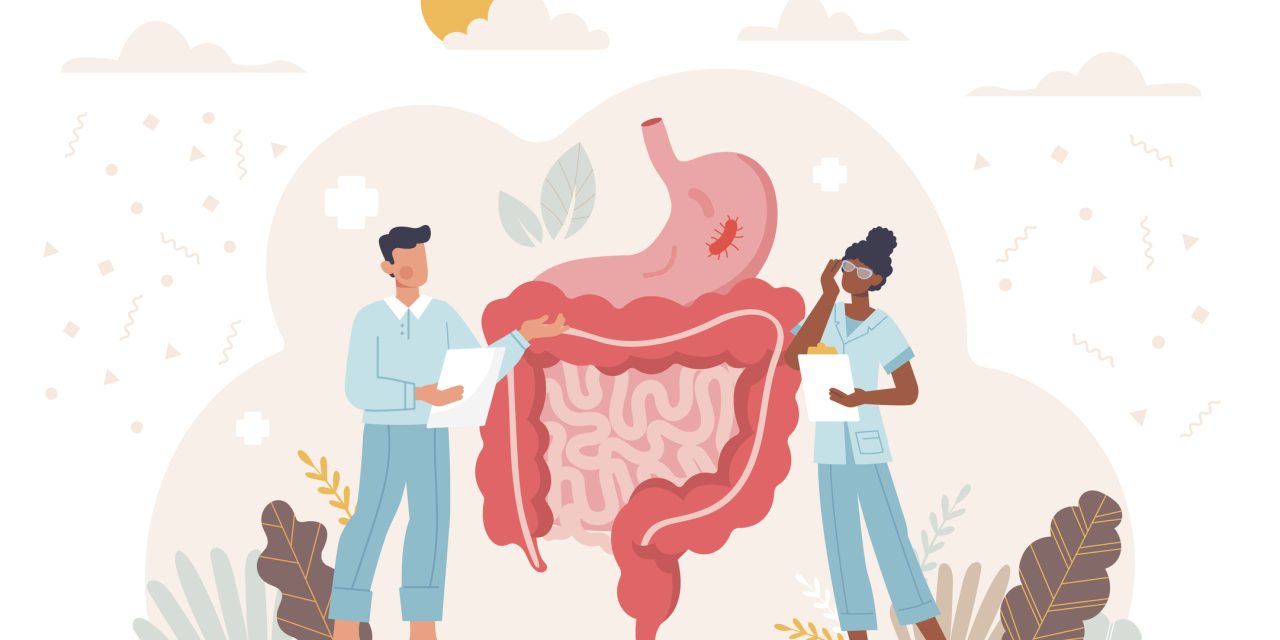Bovine viral diarrhea virus-1 (BVDV-1, Pestivirus A) and BVDV-2 (Pestivirus B) have been clustered into 21 and 4 subtypes, respectively. This genetic diversity, in addition to the lack of consensus on which genomic region to use for BVDV subtyping, has resulted in conflicting classifications depending on the target analyzed. Here, we investigated which genes or UTRs would reproduce the phylogeny obtained by complete genome (CG) analyses. The study was carried out with 91 (BVDV-1) and 85 (BVDV-2) CG available on GenBank database. The viruses were subtyped by analyzing their CG, as well as their individual genes and UTRs (complete 3′ and 5’UTRs, and partial 5’UTR); and the phylogeny results were compared to each other. The sequences were aligned using the ClustalW multiple method (Bio Edit Alignment Editor software, v.7.0.5.3) and the phylogenetic analyses were performed by the Maximum Likelihood method (MEGA-X software, v.10.2.4), with 1000 bootstrap replicates. The best analysis model for each gene/UTR was defined using the jModelTest software. The geodesic distance between the CG (reference) and individual genes/UTRs trees was also calculated (TreeCmp software, v.2.0). For both BVDV-1 and BVDV-2, 3’UTR-based analyses, followed by 5’UTR, presented the least reliable subtyping results. Regarding BVDV-1, phylogeny based on C, E, E1, E2, p7, NS2, NS3, NS4B, NS5A and NS5B was consistent with that of CG. In contrast, analyses performed with individual BVDV-2 genes showed at least one different clustering from the phylogeny based on the CG. After analyzing the geodesic distance between the CG and genes/UTRs trees, we observed that NS4B (for BVDV-1) and NS5A (BVDV-2) presented the closest topology and edge length to the CG analyses. Finally, comparing the phylogeny performed with the CG and the genes/UTRs, as well as the geodesic distance between them, we understand that NS4B and NS5A represent the most suitable targets for BVDV-1 and -2 subtyping, respectively, and may be considered in future phylogenetic studies.Copyright © 2021. Published by Elsevier B.V.
Subtyping bovine viral diarrhea virus (BVDV): Which viral gene to choose?


